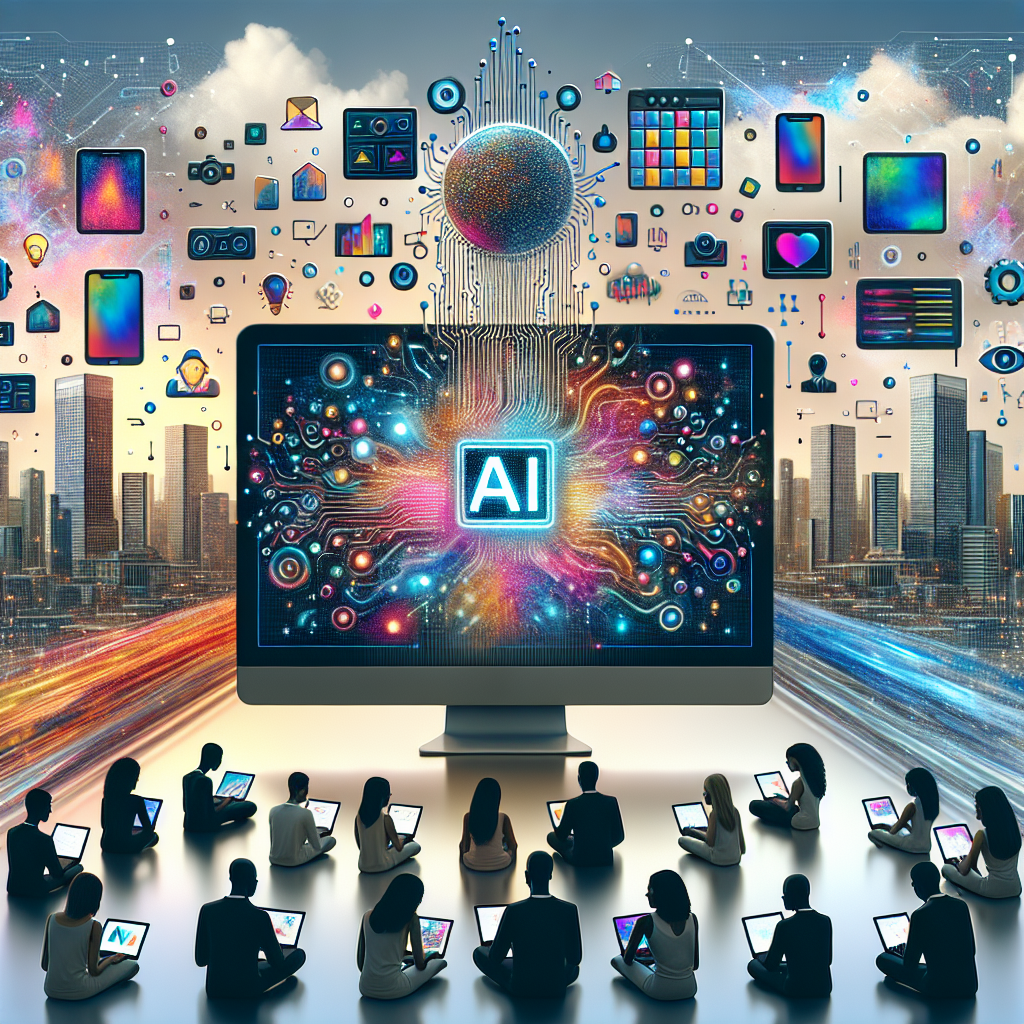Netflix Uses AI to Cut Costs
In 2019, Netflix found itself perched atop global entertainment, flush with Emmy awards and swelling subscriber growth. But behind the curtain of binge-worthy content lay a sobering reality: rising production expenses and fierce competition were threatening its razor-thin margins. Fast forward to 2024, and the streaming giant has embraced a modern solution to this age-old business dilemma — Netflix uses AI to cut costs and streamline its vast content production and delivery machine.
AI at the Core of Netflix’s Cost Strategy
Netflix has confirmed that artificial intelligence is no longer a supplement to its strategy — it’s the centerpiece. From streamlining pre-production to optimizing audience targeting, AI is helping the company limit expenses while continuing to expand its global footprint.
According to reports, the company has already begun deploying AI to handle a wide array of internal processes, including:
- Visual effects optimization: Automating labor-intensive VFX work to reduce both time and budget requirements on original series and films.
- Localization and dubbing: Using machine learning to enhance dubbing quality and accelerate international releases.
- Content tagging: Leveraging AI to categorize thousands of hours of footage for better discovery and targeted recommendations.
Workforce Adjustments Follow the Tech
Not all stakeholders are celebrating the shift. As AI becomes more embedded in Netflix’s workflows, several teams, particularly those in editorial and creative support roles, have reported job reductions.
Recent changes include the closure of the company’s editorial division housed under “Tudum” — a team created to deliver behind-the-scenes content for fans. The move was framed as a consolidation effort but signals a larger trend of replacing manual storytelling with automated solutions.
Furthermore, several animation and marketing teams have also been restructured or downsized as AI tools take on more of the initial creative planning and administrative tasks.
Efficient or Excessive? The Bigger Picture
Netflix’s leadership insists that these strategies are about “raising efficiency,” not sacrificing creativity. In fact, co-CEO Ted Sarandos remarked that AI allows creators to focus more on storytelling by offloading repetitive and technical tasks to machines.
Still, the conversation around AI’s role in entertainment is fraught with tension. As unions place greater scrutiny on the ethical implications of AI-generated content and job displacement, Netflix may find itself at the center of a tech-versus-talent conflict reminiscent of how past industrial shifts changed Hollywood forever.
Why It Matters for the Industry
The move at Netflix is part of a larger industry trend. As media companies increasingly turn to AI to remain competitive, traditional roles once considered “safe” may face disruption. Meanwhile, audiences might begin to notice subtle changes in production style, localization, and pacing — results of AI silently influencing the creative process.
Looking Forward
For now, Netflix’s bet on AI is paying off in terms of internal efficiency and cost savings. But the long-term cultural and creative consequences remain to be seen. As technology continues to reshape the frontier of entertainment, stakeholders across the industry will have to determine the balance between innovation and integrity.
To read the full original report, visit the BBC News article here.

